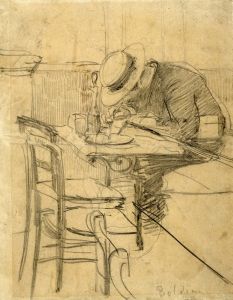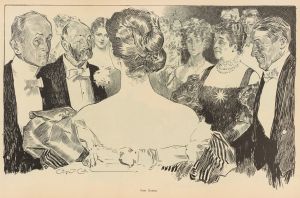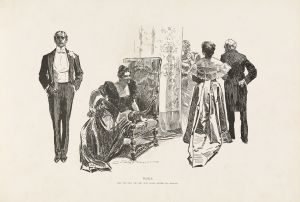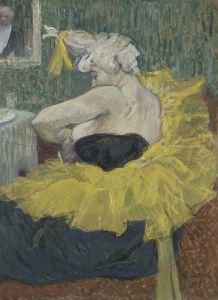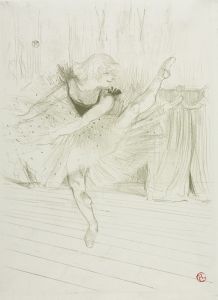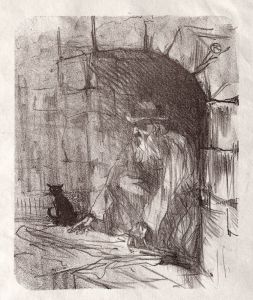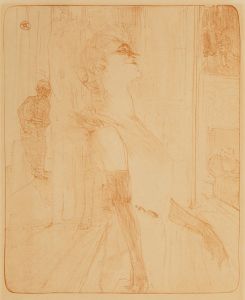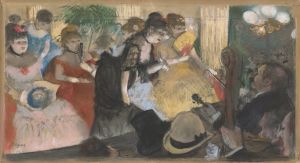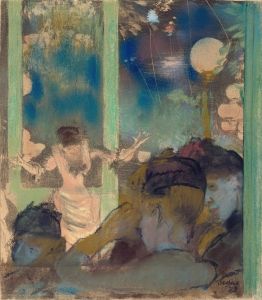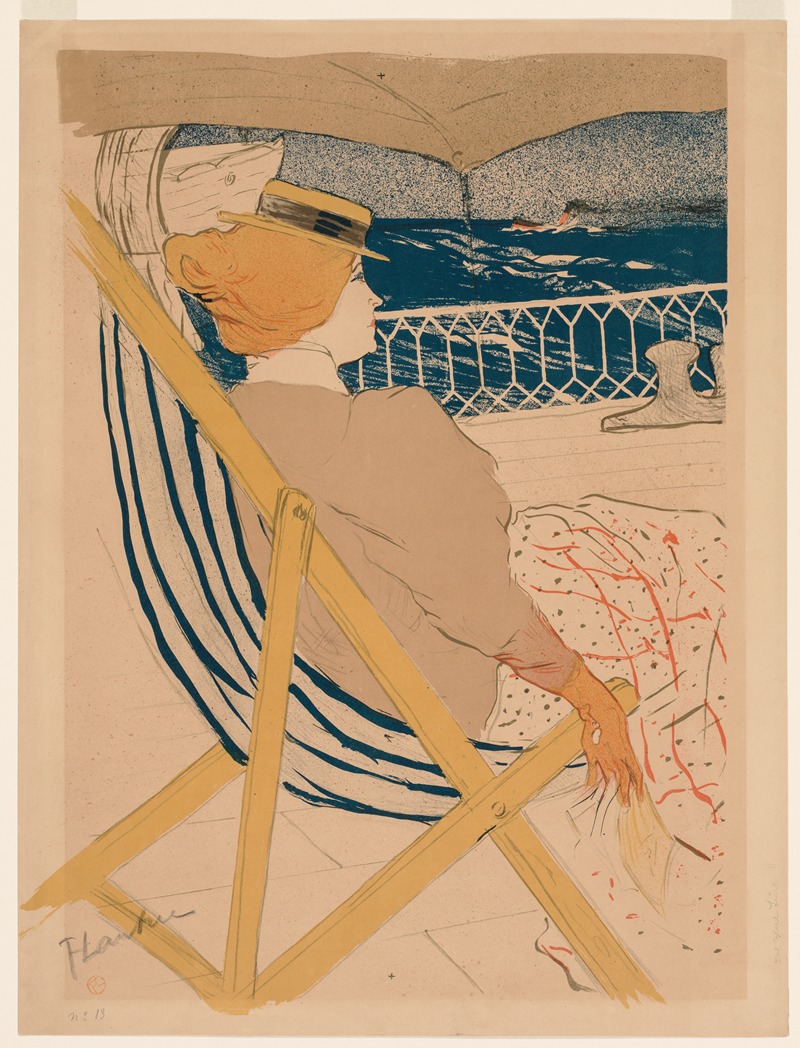
La Passagère Du 54
A hand-painted replica of Henri de Toulouse-Lautrec’s masterpiece La Passagère Du 54, meticulously crafted by professional artists to capture the true essence of the original. Each piece is created with museum-quality canvas and rare mineral pigments, carefully painted by experienced artists with delicate brushstrokes and rich, layered colors to perfectly recreate the texture of the original artwork. Unlike machine-printed reproductions, this hand-painted version brings the painting to life, infused with the artist’s emotions and skill in every stroke. Whether for personal collection or home decoration, it instantly elevates the artistic atmosphere of any space.
Henri de Toulouse-Lautrec, a prominent French painter, printmaker, and illustrator, is renowned for his depictions of Parisian nightlife in the late 19th century. His works often capture the vibrant and sometimes seedy underbelly of the city, focusing on the bohemian lifestyle of Montmartre. However, specific information about a painting titled "La Passagère Du 54" by Toulouse-Lautrec is not readily available in historical records or major art collections.
Toulouse-Lautrec's oeuvre is characterized by its unique style, which combines elements of Impressionism and Art Nouveau. He is best known for his posters and paintings that depict the Moulin Rouge and other cabarets, as well as portraits of performers, dancers, and prostitutes. His work provides a vivid snapshot of Parisian culture during the Belle Époque, a period marked by artistic innovation and cultural flourishing.
Born into an aristocratic family in 1864, Toulouse-Lautrec suffered from health problems that stunted his growth and left him with a distinctive physical appearance. These challenges, however, did not hinder his artistic pursuits. He moved to Paris in the early 1880s to study art and quickly became immersed in the city's avant-garde scene. His work was influenced by the Impressionists, particularly Edgar Degas, and he developed a keen interest in capturing movement and the human form.
Toulouse-Lautrec's artistic process often involved sketching scenes from life, which he would later develop into more detailed compositions. He was known for his ability to convey the essence of his subjects with minimal lines and a bold use of color. His posters, in particular, are celebrated for their dynamic compositions and innovative use of typography, which helped to elevate the status of commercial art.
Despite his success, Toulouse-Lautrec's life was marred by personal struggles, including alcoholism and syphilis, which ultimately led to his early death at the age of 36 in 1901. His legacy, however, endures through his extensive body of work, which continues to be celebrated for its artistic merit and historical significance.
While "La Passagère Du 54" is not a widely recognized or documented work within Toulouse-Lautrec's catalog, his contributions to the art world remain significant. His ability to capture the spirit of an era and the complexities of human emotion has cemented his place as one of the most influential artists of his time. His works are housed in major museums around the world, including the Musée d'Orsay in Paris and the Museum of Modern Art in New York, where they continue to be studied and admired by art enthusiasts and scholars alike.
In summary, while specific details about "La Passagère Du 54" are not available, Henri de Toulouse-Lautrec's impact on the art world is undeniable. His innovative approach to capturing the vibrancy of Parisian life and his contributions to the development of modern art ensure his enduring legacy.





